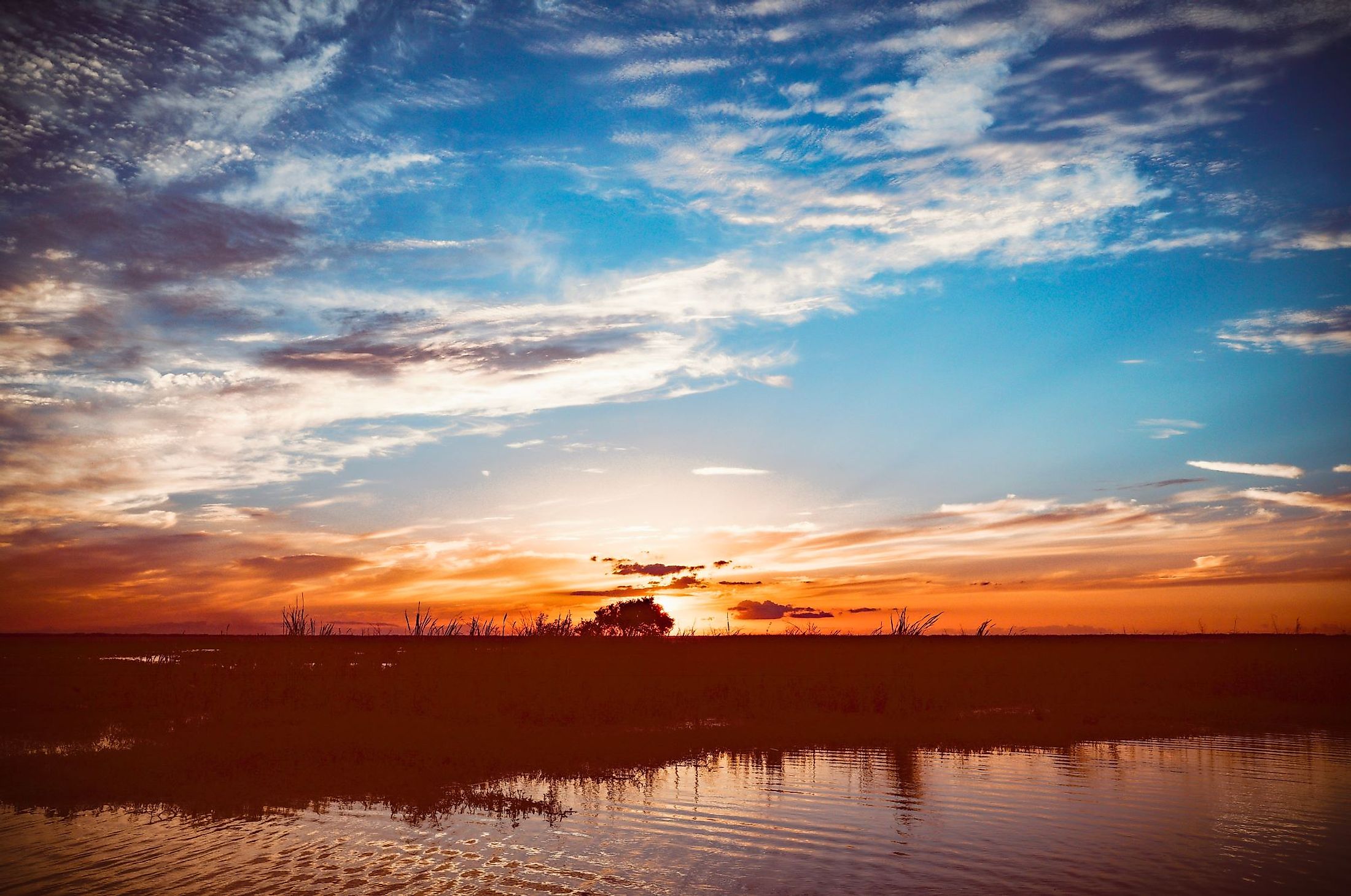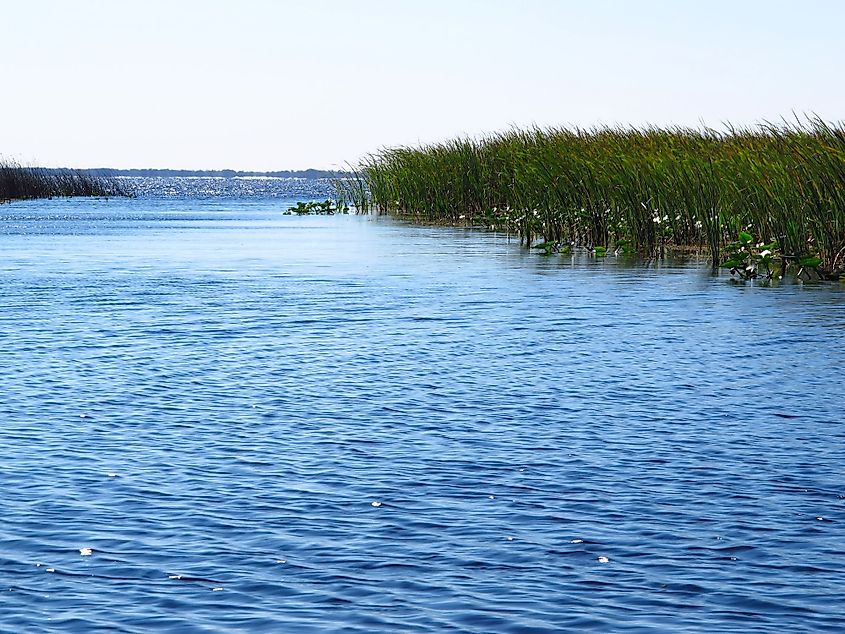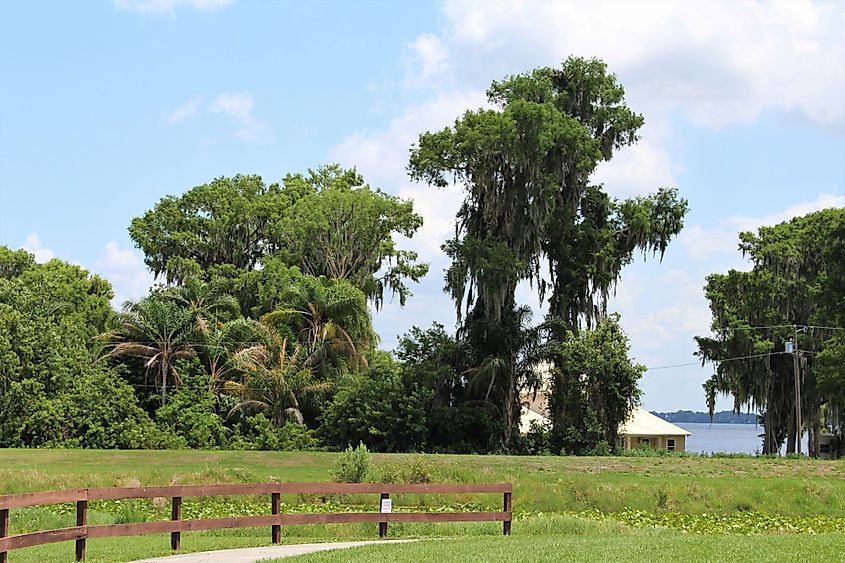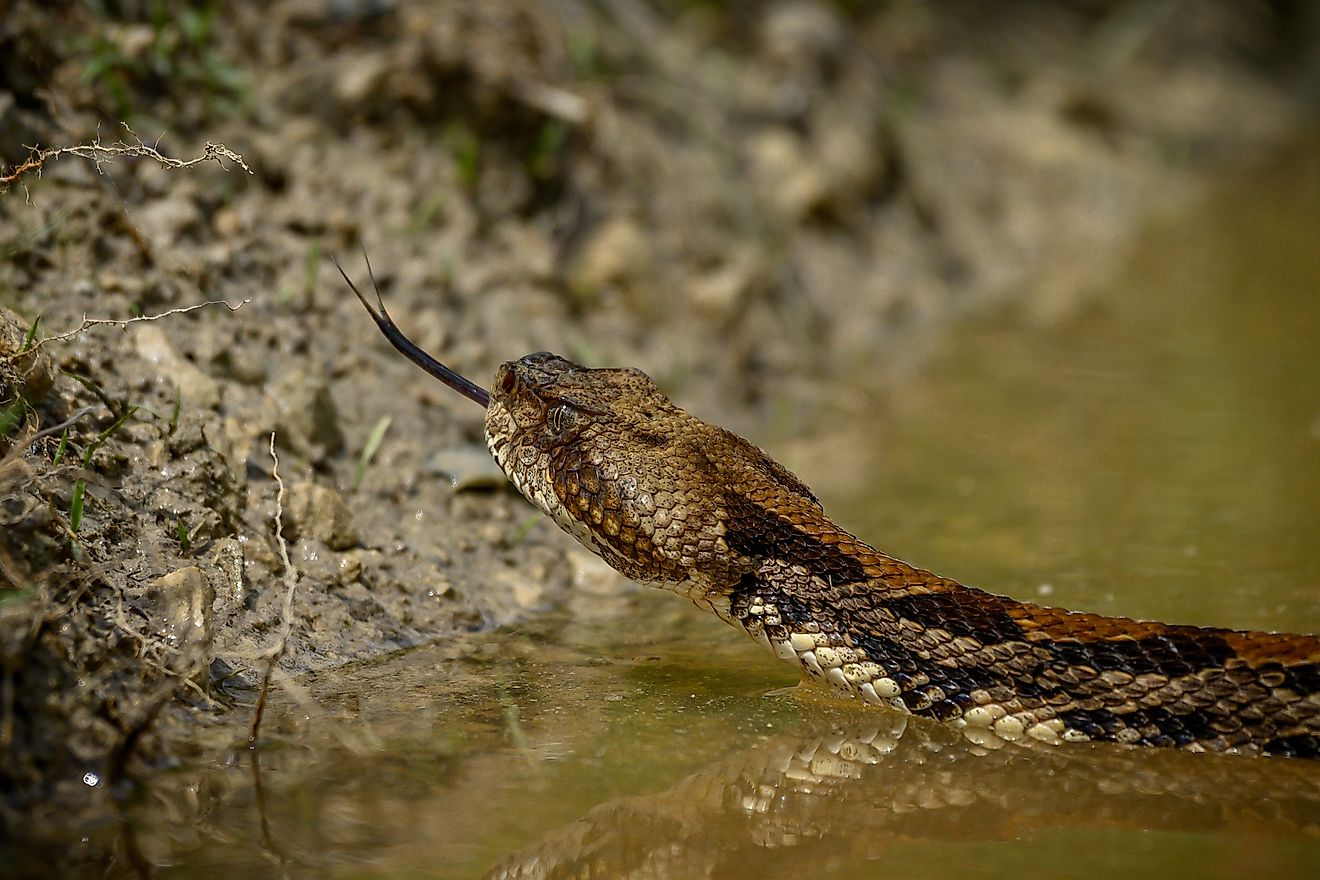
Lake Istokpoga, Florida
Located in south-central Florida, Lake Istokpoga is the fifth largest lake in the sunshine state. The lake is famous for fishing charters, airboat tours, and birdwatching, attracting outdoor enthusiasts from around the state and country. A projected 60,000 boaters cruise the shallow waters each year to fish or enjoy its wonderous nature. The Lake Istokpoga Management Committee and Highlands County Board of County Commissioners protect the crucial watershed and the surrounding ecosystems.
Geography Of Lake Istokpoga

Lake Istokpoga flows in Highlands County, Florida, and the southwestern bank of the freshwater lake is just 7 kilometers from the town of Lake Placid. Lake Istokpoga is 16 kilometers long and 8 kilometers wide – with a maximum depth of 3.05 meters and an average depth of 1.02 meters. The wetland covers an area of 113.3 sq kilometers or almost 28,000 acres, compared to the similar size of the city of Ocala, Florida. There are two main islands in Lake Istokpoga, Big and Bumble Bee Lake, with some smaller islands that aren't as significant as the primary islets. Arbuckle Creek, north of the lake, and Josephine creek on the western shores are the prime sources of water that feed the massive lake. Two channels east of Lake Istokpoga flow into the Kissimmee River, which empties into Florida's largest freshwater lake, Lake Okeechobee. And just two hundred thirty-eight kilometers from Lake Istokpoga, spaceships launch from the iconic Cape Carnival Space Force Station.
Climate Of Lake Istokpoga
Lake Istokpoga is extremely hot and humid during the summer months. The humidity can reach 100% from the middle of July until the end of August. Daily high temperatures from May 1st to October 1st will stay above 30˚C and can exceed 35˚C, which does not include the humidity temperatures. June receives the most precipitation, with 158 millimeters of rainfall and an average of roughly 1,300 millimeters annually. Tourists avoid the lake around the scorching summer months and visit in late winter or early fall. As fall ends and winter begins, cooler temperatures and less rainfall create a more comfortable atmosphere for outdoor activities. December is the driest month, with an average of 37.5 millimeters of rain. In contrast, January is the chilliest month, with daytime lows of 10˚C, while the highs can climb above 20˚C. On average, the temperatures can stay below the 20˚C mark from December until March.
Ecology Of Lake Istokpoga
A diverse group of wildlife call Lake Istokpoga home, its islands, and the encompassing land. Lake Istokpoga supports many aquatic species, wading birds, and Limpkins. It is said to have the most significant number of Osprey nests on Earth, and a local conversationist monitors this population. Herons, ducks, turkeys, owls, and bald eagles are spotted flying around the waters of Lake Istokpoga. The number 1 predator in and out of the water is the American Alligator. An estimated 10,000 alligators, from hatchlings to adults, live in and around Lake Istokpoga. Data displays that half of the alligator population is over 1.2 meters in length. Hydrilla is non-native aquatic species threatening the wetlands, and the Florida Fish and Wildlife Conservation Commission attempt to keep it under control yearly. Other aquatic plants that thrive in this humid environment include Bulrush, Spatterdocks, Water Lillys, pickerelweed, spike rush, and arrowhead. An abundance of fish species exists below the surface, including one of Florida's largest populations of largemouth bass. Other species include black crappie, catfish, sunfish, and different types of bass. While turtles, frogs, water snakes, and salamanders live on the shores of the mainland and islands, the rich environment can assist a variety of wildlife.
History Of Lake Istokpoga

The Seminole Tribe had survived around the wetlands since the 18th century. They hunted and fished these lands for hundreds of years, but there had been a dark reoccurrence to their people. Tribal members trekked through the shallow waters of Lake Istokpoga, and some fell into whirlpools or became victims of alligator attacks in the 19th century. The name Istokpoga derives from "People Have Died Here." By the early 1900s, European settlers started constructing settlements near Lake Istokpoga. The first established town was Lorida, on the lake's north shores. They were predominately cowboy ranchers seeking large amounts of land to become profitable. Canal excavation began in the mid-1900s and aimed to aid in flood control. Many dams have been constructed on the canals today to mediate water flow from heavy rainfall.











